Movement For Life
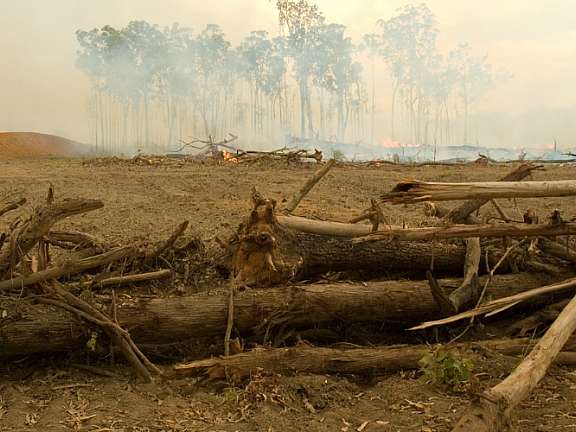
Queensland land clearing (SLATS) 2013-2018 report
An analysis of Queensland's land clearing data from 2013-2018 shows that beef is the leading driver of deforestation in the state. Image above: Glenn Walker.
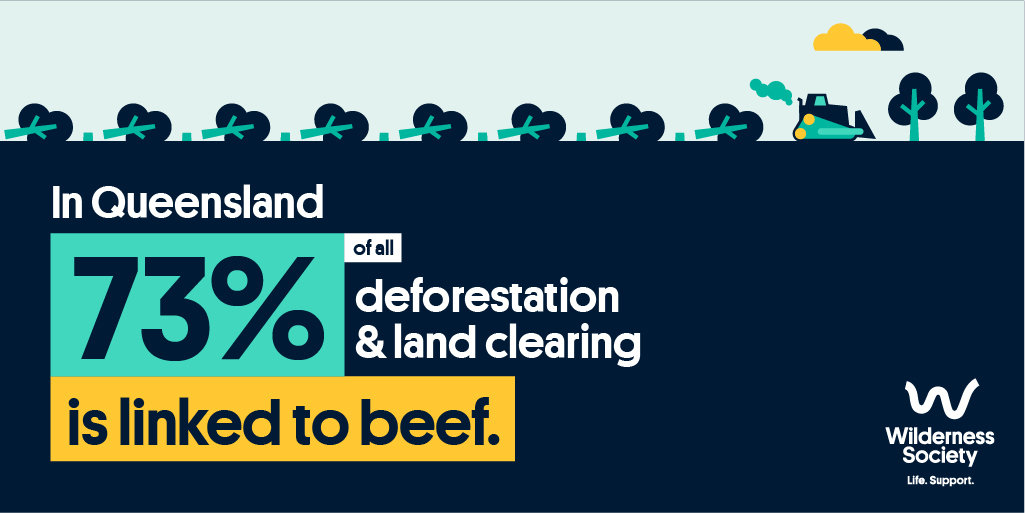
The Queensland Government’s official reports consistently attribute over 90% of the states forest and bushland destruction to replacement by ‘pasture’. However, the Wilderness Society has undertaken fine-scaled GIS analysis to determine, for the first time, the specific sectors contributing to deforestation in Queensland.
Our 2019 analysis found that 73% of all deforestation and land clearing in Queensland is linked to beef production.
In Great Barrier Reef catchments, over 93% of all deforestation and land clearing is attributed to beef as the primary land use. A key implication of these findings is that the sectors identified as key drivers of Queensland’s deforestation and land clearing rates are currently exposed to deforestation risk.
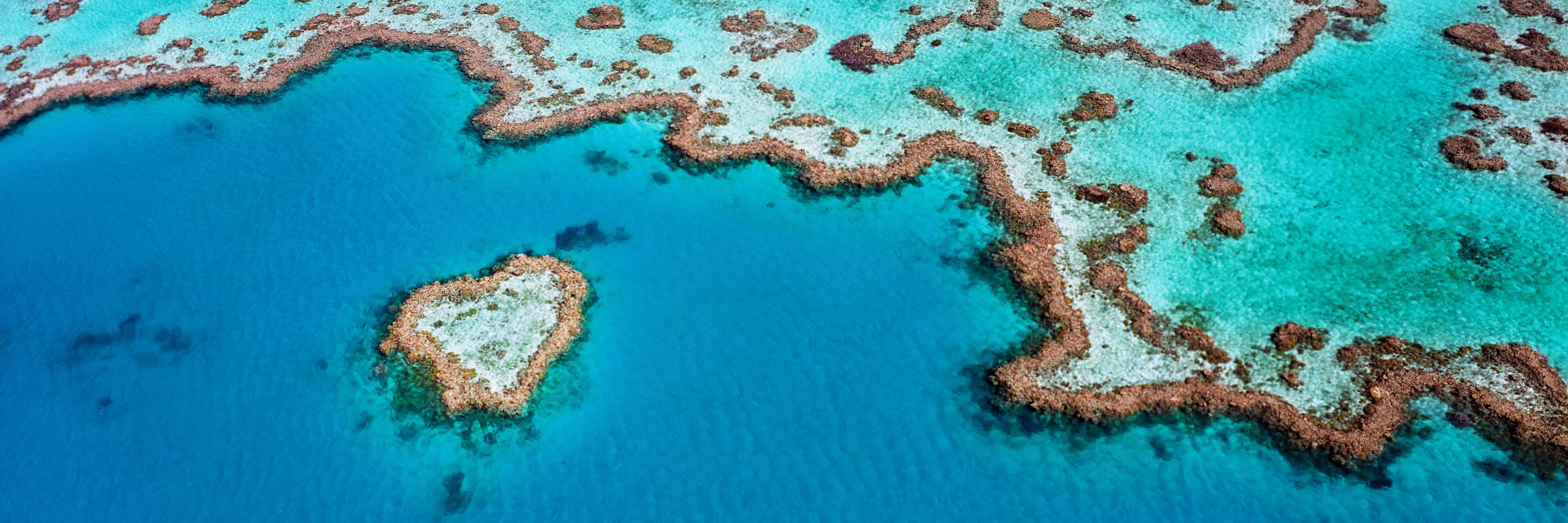
Key findings
- 73% of all deforestation and land clearing in Queensland from 2013-2018 is linked to beef production
- In total, over 1 million hectares (1,174,600 hectares) of deforestation and land clearing over the five years to 2018 was linked to beef production
- In the Great Barrier Reef catchments, over 93% of all deforestation and land clearing is attributed to beef as the primary land use
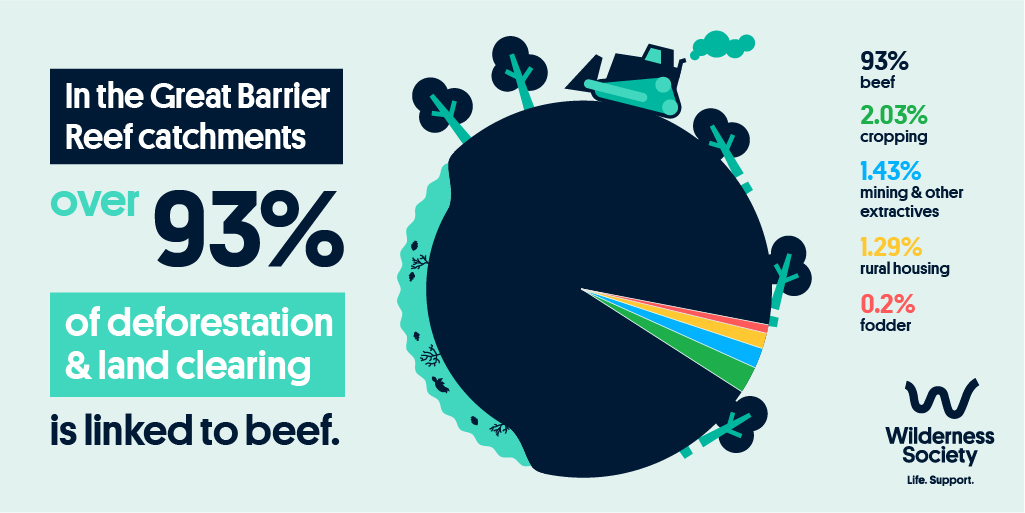
What is driving the deforestation of koala habitat?
Deforestation and land clearing is currently the greatest threat to native species in Queensland, and is largely responsible for the sharp decline in koala populations. On 11/02/22 the government officially listed the koala as Endangered in Queensland, NSW and the ACT. The Endangered listing is an indictment of governments and industries that have failed to stop the decline of koala habitat.
When habitat is bulldozed, many koalas die instantly—while others are left with nowhere to go. Wildlife carers are struggling to cope with mounting numbers of sick and injured animals, saying the destruction of bushland is to blame.
The Wilderness Society has undertaken fine-scaled GIS analysis to determine, for the first time, the specific sectors contributing to the destruction of koala habitat in Queensland.
Our analysis found 275,775 ha of likely koala habitat in Queensland was cleared between 2013 and 2018. Of this 76% of likely koala habitat was cleared on land with beef listed as its primary land use.
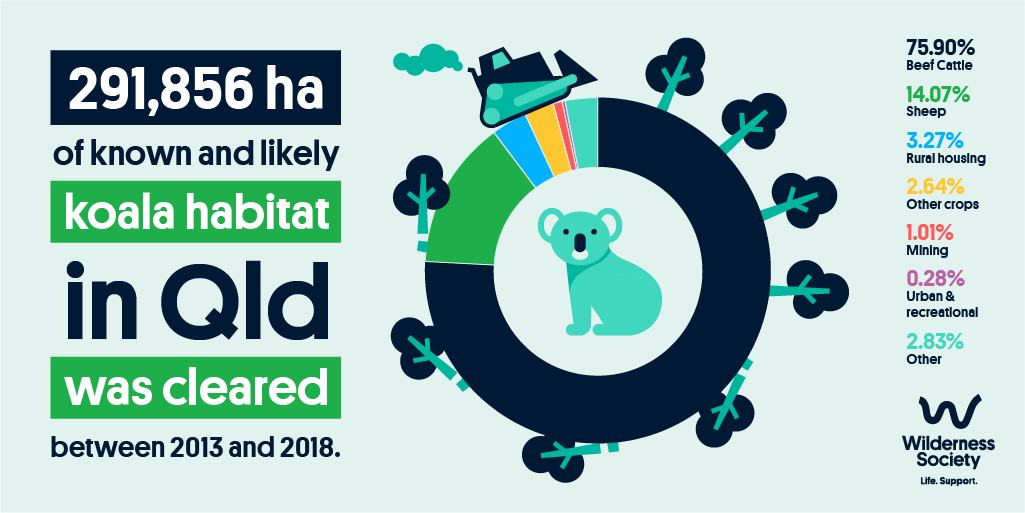
Our national environment laws and corporate standards are so pathetic we can’t even protect this global icon. Habitat destruction has to stop.
Implications: Deforestation risk in supply chains
This analysis suggests that deforestation risk exists in a number of Queensland-linked commodity supply chains, including beef and sheep production. Deforestation risk refers to the financial, reputation and brand damage that could flow from a company’s activities being linked to deforestation.
Globally, new international agreements and corporate commitments to deforestation-free commodity supply chains will place increasing demand on Australia’s soft commodity sectors to transition to sustainable practices.
The Wilderness Society’s view is that each sector with deforestation risk should adopt sector-wide commitment to deforestation-free practices. In addition, individual companies with deforestation risk in their supply chains—producers, processors, retailers and fast food restaurants—should follow the growing trend in global corporate commitments and remove deforestation and land clearing from their supply chains.
Read the full report